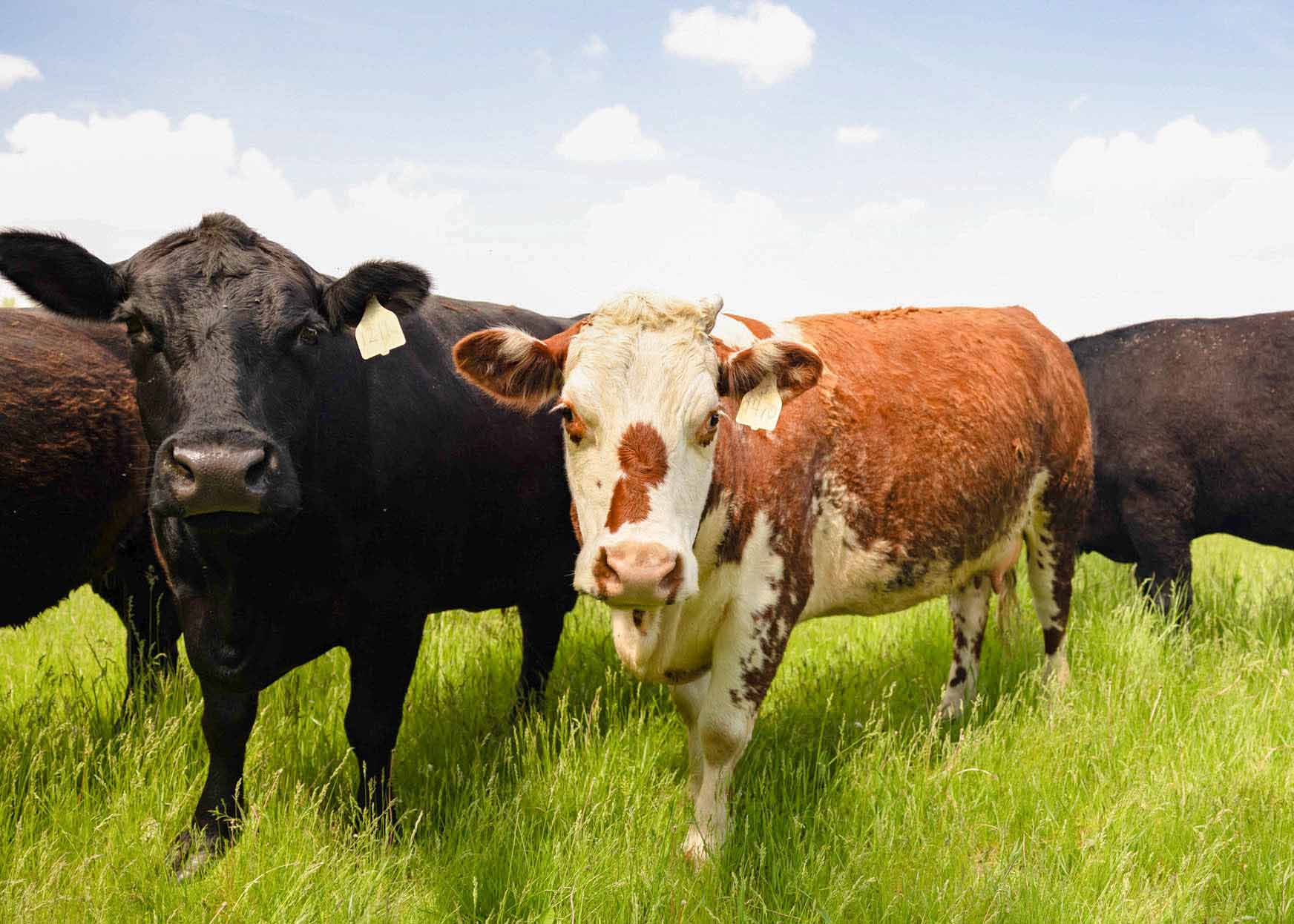
(Photo: Iowa Soybean Association / Joclyn Bushman)
Growing Iowa’s livestock industry
January 31, 2025 | Bethany Baratta
Supporting farmers is front and center
When Brian Waddingham pulls his truck into a farm driveway, he has the interests of the farmer at heart. After all, farmers are the center of the work he does every day in support of Iowa agriculture. And it’s in the company name, too.
As the executive director of the Coalition to Support Iowa’s Farmers (CSIF), Waddingham and his team keep the pulse of the livestock industry in the state. They help farmers navigate the 250-plus pages of rules and regulations that relate to livestock agriculture as farmers seek to continue and grow their livestock operations.
CSIF was created by farmers in 2004 with the mission of working with farmers to advocate and help implement on-farm best-management practices that assist Iowa’s farm families in raising livestock responsibly and successfully. It’s a partnership involving the Iowa Soybean Association, Iowa Beef Industry Council, Iowa Cattlemen’s Association, Iowa Corn Growers Association, Iowa Farm Bureau Federation, Iowa Pork Producers Association, Iowa Egg Council, Iowa Turkey Federation and Midwest Dairy.
Inspections ramping up
As the Iowa Department of Natural Resources (DNR) continues its follow-up inspections of livestock farms as part of the work plan agreement signed with the Environmental Protection Agency (EPA) in 2013, Waddingham reminds farmers to act on the recommendations made during the DNR’s initial visit.
“With an increased focus on water quality, the DNR is more active and attentive than ever,” he says.
If the recommended changes haven’t been made, the DNR is issuing fines to farmers not in compliance.
Farmers throughout Iowa are calling Waddingham and the team to ensure their farm would exceed the requirements prior to DNR inspections and even afterwards.
“We can help farmers determine how they can make the changes the DNR requires during their inspections,” Waddingham says.
CSIF consultations and visits are confidential and free of charge to farmers.
As profitability in the cattle and cow-calf sectors continues, farmers are calling about constructing finishing barns and expanding existing facilities.
One opportunity is raising calves and cattle under roof.
Waddingham says raising cattle under roof takes some of the weather risk out of cattle feeding, helps capture more of the value of the cattle manure, and provides better monitoring of feed intake.
Farmers continue to be proactive in their approach to adding livestock to their farms, Waddingham said. He’s hearing from farmers earlier in the building process, asking CSIF staff to evaluate a site before clearing dirt to add a barn or feedlot.
“Farmers want to make sure they’re doing things right,” Waddingham said. “They don’t want to be surprised by an inspection and find they’re doing something wrong. They want a second set of eyes to look at things and reassure them that everything they’re doing is good.”
Supporting future livestock projects
CSIF launched the Building Your Livestock Legacy program in January. Waddingham says it was created out of interest from both young farmers who want to raise livestock and seasoned farmers looking for a farm successor.
Through programming offered through the Google Classroom online platform, the self-guided program allows aspiring livestock growers to work through courses and quizzes before program completion. The courses will cover the programs available through the Iowa Finance Authority and the Iowa State Revolving Fund as well as contracts, lease agreements and tax implications of business formation decisions. At the end, a final project helps ambitious livestock producers to build their own resume, a financial statement and a business plan that can help them secure funding or the opportunity to farm.
“We’re at the tipping point where we know we have established farmers getting close to retirement age, and young people who don’t have connections to family farms who would really appreciate an opportunity to get into livestock farming,” Waddingham says. “We hope to tie these two together and continue to grow the Iowa livestock industry.”
He notes the connection between livestock and commodities in the state.
“If we can grow the livestock and poultry industries, we know we’ll grow demand for soybeans, demand for corn, and close up that circuit in Iowa,” he says.
For more information about the Building Your Livestock Legacy program or to contact the Coalition to Support Iowa’s Farmers, go to supportfarmers.com or call 800-932-2436.
Back